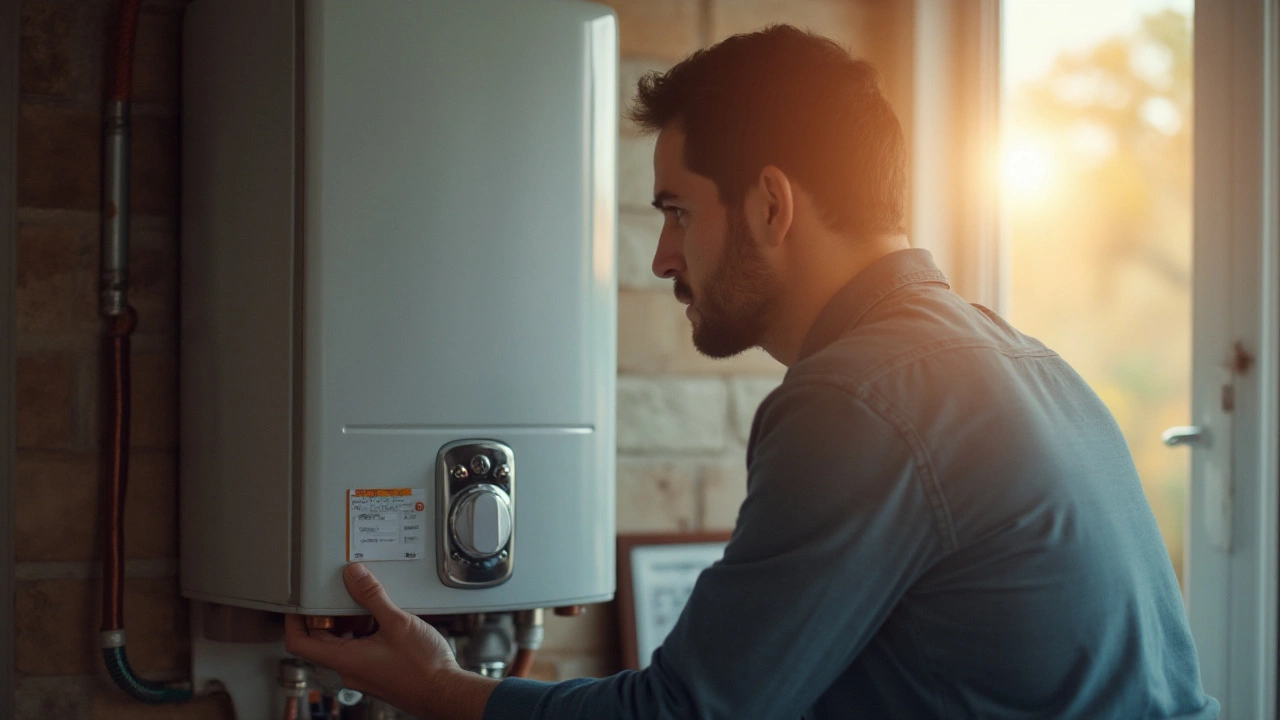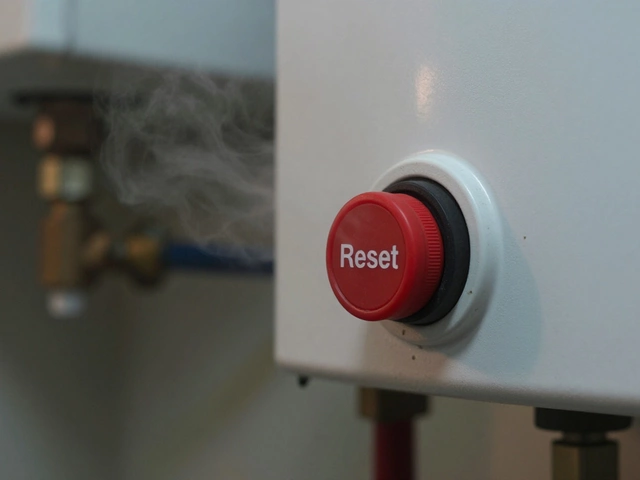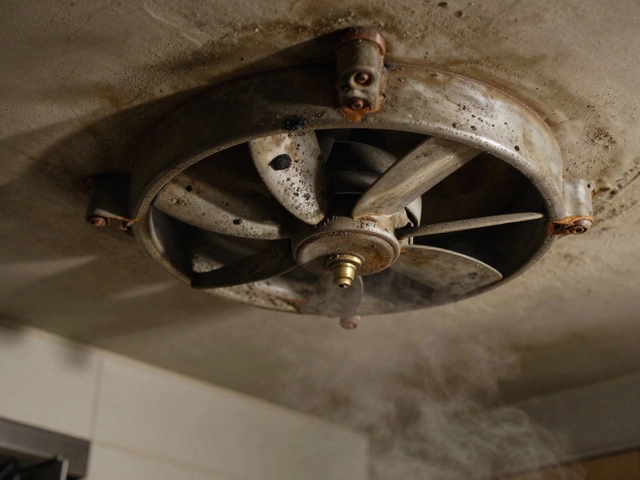Heater Repair
When dealing with Heater Repair, the process of fixing heating appliances that keep homes warm. Also known as heater fixing, it involves diagnosing and replacing faulty parts to restore safe heat output. In many households the term also covers Water Heater, a device that heats water for showers, kitchens and laundry, which is essentially a specialized heater. Boiler, a sealed unit that heats water and circulates it through radiators or underfloor pipes is another close cousin. All three share the core need: reliable heat generation. Understanding how heater repair fits with water heater and boiler maintenance helps you spot problems faster and choose the right fix.
Typical Problems and Why They Happen
Most heater issues boil down to three main culprits: faulty thermostats, clogged burners, and worn‑out heating elements. A thermostat that reads low will shut the heater off even when the room is chilly, while a blocked burner prevents proper fuel combustion, leading to uneven or no heat. Heating elements—whether electric coils in a space heater or the immersion coil in a water heater—corrode over time, reducing efficiency and sometimes tripping safety switches. These problems illustrate the semantic triple: Heater Repair encompasses thermostat troubleshooting, requires burner cleaning, and often demands heating‑element replacement. Recognizing the pattern saves you from random part swaps and points you straight to the faulty component.
Another frequent snag is pressure loss in boilers or water heaters. Low pressure can cause the safety valve to close, stopping heat production entirely. Pressure gauges, expansion tanks, and venting systems must be checked together, because an issue in any one of them disrupts the whole heating cycle. This relationship shows that Boiler repair influences heater repair outcomes and that proper pressure management is key to reliable heating. If you notice strange noises, leaks, or inconsistent temperature, start with a pressure check before moving on to more invasive disassembly.
Safety is non‑negotiable. Always shut off power and gas before opening any heater, water heater, or boiler. Use a multimeter to verify no voltage is present, and double‑check gas valves for a closed position. Wearing insulated gloves and eye protection protects you from burns or accidental sparks. A qualified technician will also perform a combustion analysis on gas‑fired units to ensure no carbon monoxide is escaping. By treating each repair as a small project that respects these safety steps, you reduce the risk of injury and avoid costly re‑work.
Now that you know the common faults, the tools you’ll need, and the safety checklist, you’re ready to dive into the specifics. Below you’ll find a curated collection of articles covering everything from DIY thermostat resets to when it’s smarter to call a pro for a water heater overhaul. Each piece builds on the foundation laid here, giving you actionable insights to keep your home warm without hassle.
Constantly resetting your water heater might seem like a quick fix, but it can lead to serious long-term issues. This article explores the reasons why frequent resets occur, potential risks involved, and tips to prevent these problems. Understanding the mechanics and signs of underlying problems can save you money and extend the life of your heater. Discover when to reach out for professional help and how regular maintenance can keep your heater in top shape. Equip yourself with this essential knowledge for managing your home's water heating system.


